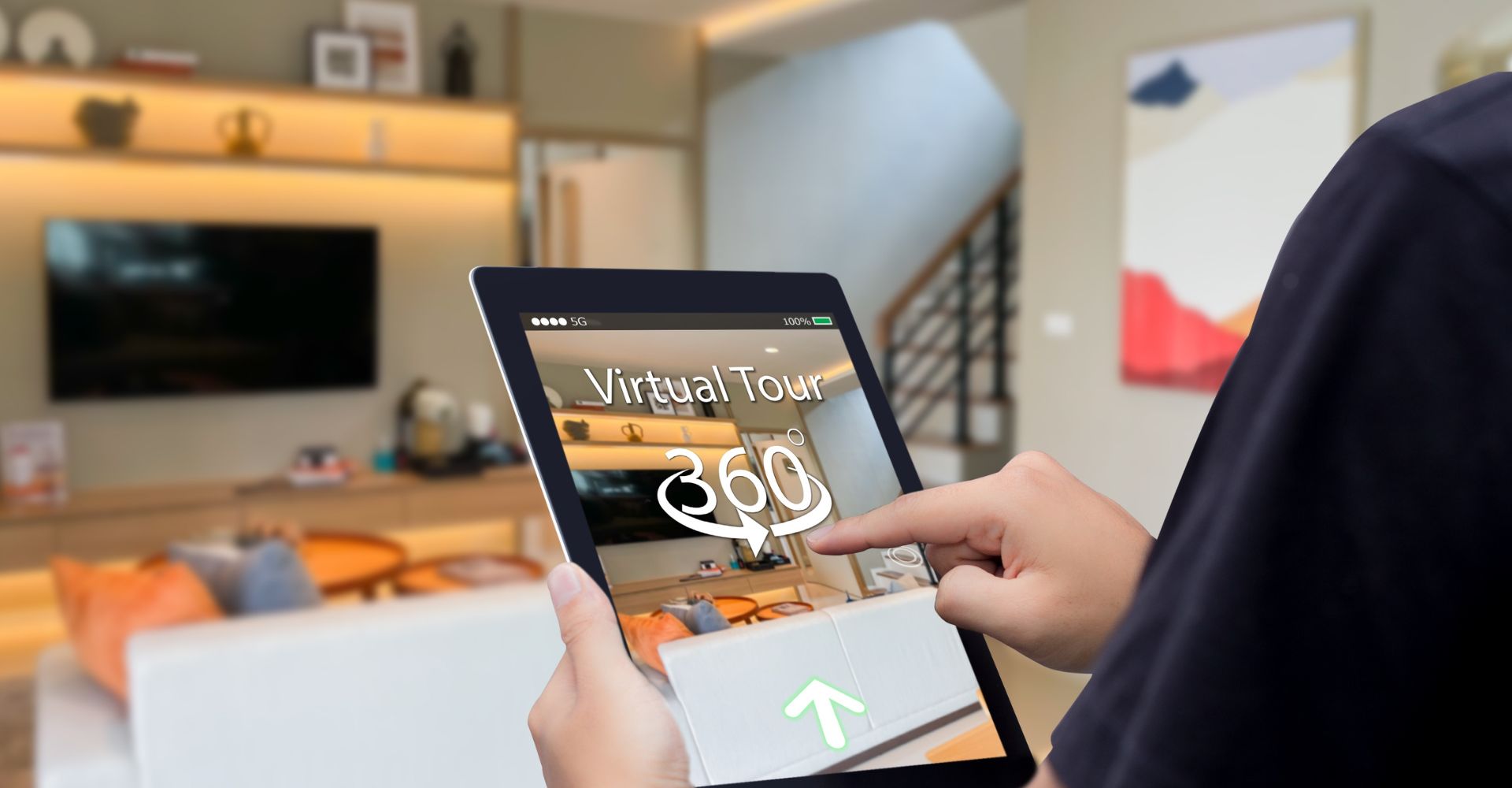The Future of Care Home Marketing in the Digital Age
The care home industry is undergoing a digital transformation, with immersive experiences such as virtual tours revolutionising how providers connect with potential residents and their families. As more families research care options online, virtual tours are emerging as a crucial tool to enhance accessibility, improve transparency, and ultimately drive occupancy rates. This article explores the impact of virtual tours in the care home sector, their benefits, and how providers can integrate them into a robust digital marketing strategy.
The Shift Towards Digital Engagement in Care Home Selection
With 67% of seniors using the internet and 96% owning mobile phones, online engagement is now a fundamental aspect of care home marketing. Families increasingly rely on digital resources to evaluate care options before committing to in-person visits. Traditional static images and written descriptions no longer suffice—modern consumers expect an immersive, informative, and interactive experience.
This shift necessitates innovative marketing approaches that cater to digitally savvy families. Virtual tours provide a highly engaging way to explore facilities remotely, offering a level of convenience and transparency that traditional marketing methods cannot match.
The Rise of Immersive Virtual Experiences
Virtual tours are gaining momentum across industries, including real estate, hospitality, and healthcare. The global virtual tour market is projected to grow at a compound annual rate of 34.3%, reaching $11.06 billion by 2024. This trend highlights the increasing recognition of immersive digital experiences as valuable marketing tools.
For care homes, virtual reality (VR) and 360-degree tours offer a powerful way to showcase facilities, amenities, and daily life within the community. These technologies help prospective residents and their families make informed decisions, even if they are unable to visit in person.
Key Benefits of Virtual Tours for Care Home Marketing
1. Enhanced Convenience for Families
Visiting multiple care homes in person can be time-consuming and logistically challenging, especially for families living in different locations. Virtual tours allow them to explore various options at their own pace, eliminating the need for multiple initial site visits.
2. Increased Transparency and Trust
Virtual tours provide an unfiltered look at a care home’s environment, offering reassurance that marketing materials accurately represent the facilities. This transparency fosters trust between providers and potential residents, making the decision-making process smoother.
3. Improved Engagement and Conversion Rates
Statistics show that virtual tours can increase engagement and lead conversion rates significantly. A compelling virtual tour can act as the deciding factor for families debating whether to schedule an in-person visit, ultimately boosting occupancy rates.
4. Broader Reach for Care Home Providers
Virtual tours break geographical barriers, allowing care homes to attract potential residents from different cities or even countries. This expanded reach is particularly valuable in a competitive market where visibility is key.
5. Cost-Effective Marketing Investment
Although creating a high-quality virtual tour requires an initial investment, it can provide long-term cost savings by reducing the need for frequent in-person tours, streamlining the inquiry process, and improving marketing efficiency.
How to Integrate Virtual Tours into Your Care Home Marketing Strategy
Optimising Your Website for Virtual Experiences
Ensure that your website prominently features virtual tours, making them easily accessible to visitors. Embed them on key pages, such as homepages, facility pages, and contact pages, to maximise visibility.
Leveraging Social Media for Wider Reach
Promote virtual tours on social media platforms like Facebook, LinkedIn, and Instagram to attract a broader audience. Video snippets and teaser clips can generate interest and encourage families to explore further.
Using Virtual Tours in Email Marketing Campaigns
Incorporate virtual tours into email marketing campaigns targeting prospective residents and their families. Personalised emails featuring an interactive virtual tour can significantly improve engagement rates.
Enhancing SEO with Virtual Content
Optimise virtual tours with SEO-friendly descriptions, keywords, and meta tags to increase search engine rankings. This helps ensure that your care home appears in relevant searches conducted by families looking for senior care options.
Combining Virtual Tours with Live Webinars
Hosting live virtual events or Q&A sessions with care home managers while showcasing virtual tours can provide an interactive experience that further builds trust and engagement.
Future Trends in Virtual Reality for Care Homes
Looking ahead, advancements in augmented reality (AR) and artificial intelligence (AI) could further enhance virtual tours. Future developments may include:
- Personalised Virtual Tours: AI-driven recommendations tailored to individual family preferences.
- Augmented Reality Features: Interactive elements, such as clickable information points, resident testimonials, and real-time virtual consultations with staff.
- Integration with Telehealth Services: Allowing families to not only tour the facility but also consult with healthcare professionals virtually.
Conclusion: The Competitive Advantage of Virtual Tours
As competition in the care sector intensifies, virtual tours are becoming an essential marketing tool. They offer unmatched accessibility, transparency, and engagement—critical factors in helping families make confident decisions about senior care.
Care homes that embrace immersive digital experiences will be better positioned to attract new residents, build trust with families, and maintain a competitive edge in the evolving digital landscape. Now is the time for providers to invest in virtual tours and revolutionise how they present their facilities online.




